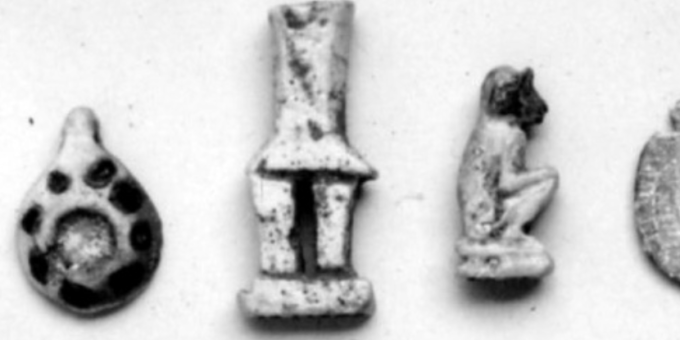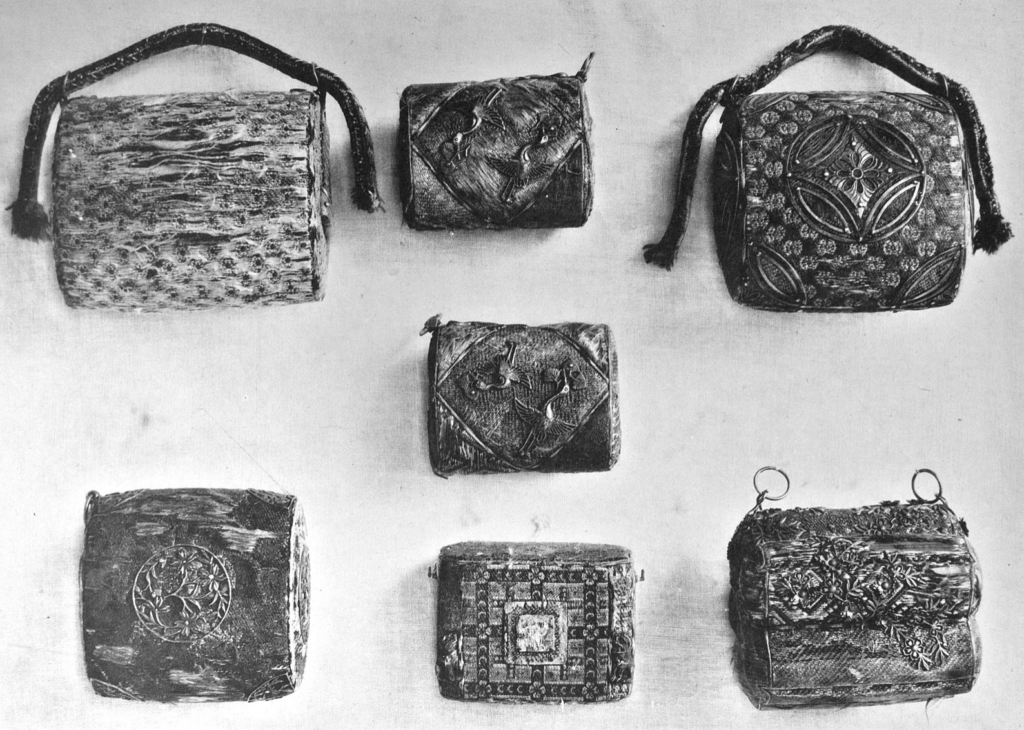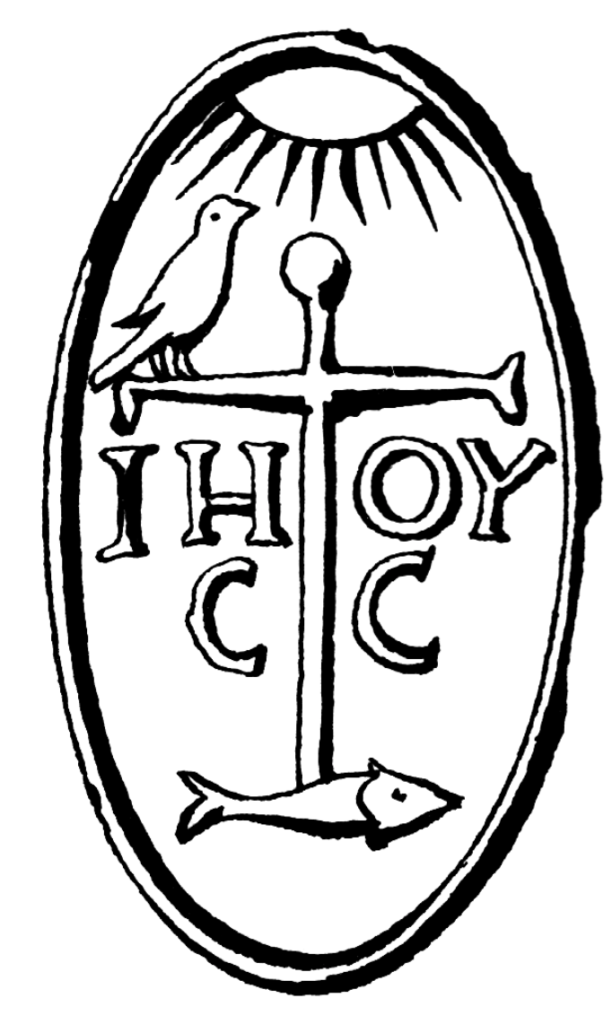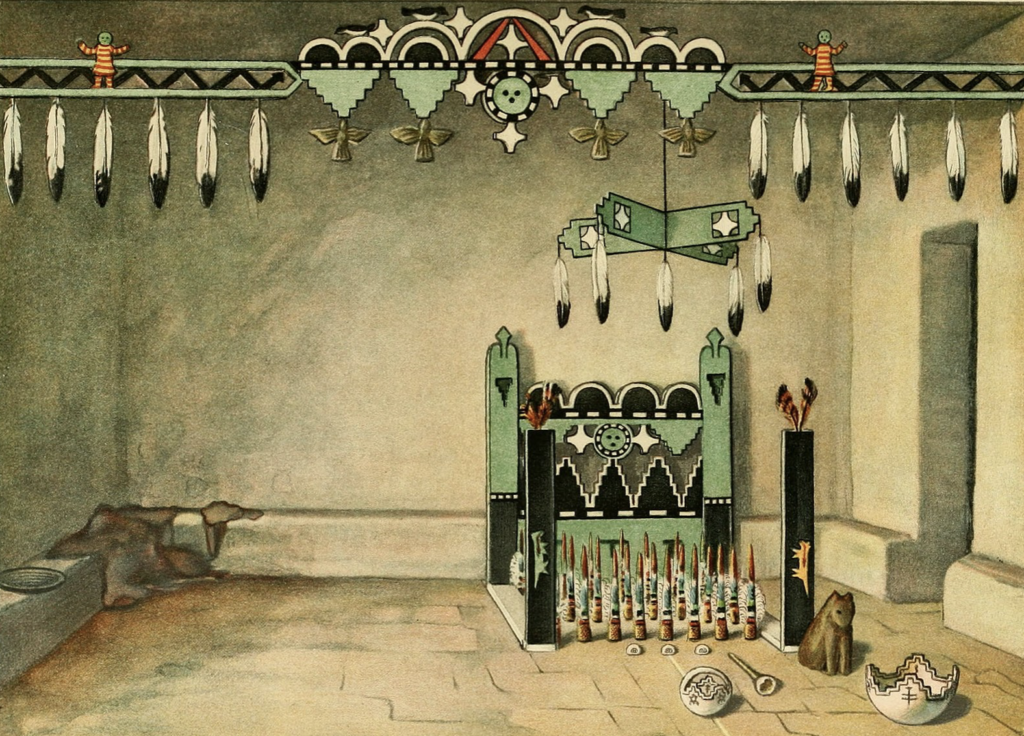
Amulets are worn or carried on the body for protection or good luck. They can be made from various materials, including metals, stones, feathers, wood, glass, and cloth. People wear amulets as jewelry, such as necklaces, bracelets, or rings, or carry them in a pocket, purse, or bag.
Amulets are often inscribed with symbols or words that are thought to have magical power. A religious or spiritual leader may also consecrate them.
In ancient Egypt, amulets were buried with the dead, as reported in The Penguin Dictionary of Symbols (Jean Chevalier and Alain Gheerbrant, translated by John Buchanan-Brown):
“Egyptian mummies were covered in gold, bronze, stone or faience amulets to preserve the immortality of the dead as they had guarded his or her health, happiness and life on earth.”

Amulets are believed to work by attracting positive energy and deflecting negative energy. Although, in the past, there have been amulets made to bring about sadness and destruction.
Common Beliefs about Amulets
There are many common beliefs about amulets. Some people believe that they can protect the wearer from harm, while others think they can bring good luck or attract money. Some people also believe that amulets can help the wearer to achieve their goals, win at gambling, and help the wearer to find love.
How Amulets Work
The efficacy of an amulet is often tied to the personal power of the person who wears it.
The effectiveness of an amulet is linked to personal beliefs. For example, some people believe that amulets work because they are imbued with specific power or energy. Others believe that amulets work because of the symbols or inscriptions that are inscribed on them.
There are also those who feel that amulets work because they are worn close to the body. Others believe that amulets work because they are carried around or placed in a specific location. There are many different theories about how amulets work, but the true answer is likely a combination of all of these factors.

Amulet Magic in Asia
Amulets (charms) have been used in Asia for centuries for protection, good luck, and to bring about other desired outcomes. Here, amulet magic is a form of sympathetic magic, where the amulet is seen as a physical representation of the desired outcome.
There are many different types of amulets, and they can be made from a variety of materials, including metals, stones, wood, cloth, and even paper. They are often worn around the neck, wrist, or ankle, or they may be carried in a pocket.

Amulets are most commonly used for protection against harm, illness, and bad luck. However, they can also attract good fortune, prosperity, and love or achieve specific goals.
There are many superstitions and beliefs surrounding amulets in Asia. For example, in some cases, it is believed that the amulet’s power can be increased by performing certain rituals or by wearing it on certain days of the week or during certain months of the year.
Amulet Magic in Europe
In Europe, amulets were often used to protect against physical danger, such as accidents or illness. They were also believed to ward off evil spirits and bad luck. Some of the most common European amulets include the cross, the pentagram, and the horseshoe.

The cross is a symbol of protection that is found in many cultures around the world. It is believed to provide a shield against evil spirits and bad luck. The pentagram is a five-pointed star that is thought to represent the five elements of nature: earth, air, fire, water, and spirit. It is believed to provide protection against harm and negative energy. Finally, the horseshoe is a symbol of good luck and is thought to bring happiness and prosperity to the wearer.
Amulet Magic in North America
In North America, amulets are particularly popular among Native Americans and First Nations people. Many different tribes have their own traditional amulets, which are often passed down through the generations. Some of the most common amulets in North America include the dreamcatcher, the medicine wheel, and the fetish.
The dreamcatcher is a popular Native American amulet that is believed to protect the wearer from bad dreams. The dreamcatcher is typically a hoop made from willow or other natural materials, with a web of yarn or thread in the center. The web is said to catch the bad dreams, while the good dreams pass through the hole in the center and come to the sleeper.

The medicine wheel is another popular amulet in North America. It is a symbol that is found in many different tribes and is used for healing and spiritual guidance. The medicine wheel typically consists of a circle with four spokes, each representing a different element: earth, air, water, and fire.
The fetish is a type of amulet that is found in many different cultures around the world. Fetishes are objects that are believed to have magical powers and are often used for healing or protection. They are typically made from natural materials, such as wood, stone, or bone, and usually feature a carved figure or an animal spirit.
Amulets have also been used to hold souls. We find an instance of this reported in The Golden Bough by Sir James George Frazer:
“…among the Esquimaux of Alaska, when a child is sick, the medicine-man will sometimes extract its soul from its body and place it for safe-keeping in an amulet, which for further security he deposits in his own medicine-bag. It seems probable that many amulets have been similarly regarded as soul-boxes, that is, as safes in which the souls of the owners are kept for greater security.”
Amulet Magic in South America
The ancient cultures of South America were known for their intricate and powerful artwork, including their jewelry and amulets. While many of these pieces were created for purely decorative purposes, many were also believed to possess magical properties.
One of the most common types of South American amulets was the pectoral. Pectorals were amulets that were worn around the neck, and they were often intricately carved with designs that were meant to protect the wearer from harm. Other common types of amulets included the Tumi, which was a sacrificial ceremonial knife that was used by the Inca, and the Chimu, which was a type of pot that was used by the Chimu people.

The magical properties of South American amulets were believed to be many and varied. Some amulets were thought to be able to protect the wearer from physical harm, while others were believed to be able to protect them from spiritual harm. Amulets were also believed to bring good luck to the wearer, and some were believed to give the wearer strength in battle.
South American amulets are still popular today, and they are often purchased as souvenirs by tourists. While most people no longer believe in the magical properties of these amulets, they remain popular because of their beautiful designs.
Amulet Magic in Africa
One of the most unique and little-known aspects of amulet magic in Africa is the use of figurines made from clay, wax, metal, or other materials. These figurines are used as magical intermediaries to carry out specific tasks or to protect the owner from harm. They can also be used to induce dreams or visions that can provide guidance or solutions to problems.
One of the most famous examples of an African amulet figure is the Bambara “Poro” figure. This figure is used by the Bambara people of Mali to protect them from harm and to promote fertility. It is made from terracotta or wood and is often decorated with symbols that represent protection, power, and fertility.

Other African cultures also use amulet figures to protect and empower their people. The Yoruba people of Nigeria, for example, use figures made from brass or bronze to promote wealth and fertility. These figures are often decorated with symbols of power and protection. The Dogon people of Mali use wooden figures to promote health and healing. These figures are often decorated with symbols of the natural world, such as plants and animals.
Amulet figures are not just limited to human forms. Some cultures also use animal figures as amulets. The Bushmen of the Kalahari Desert, for example, use figures of lions and other animals to protect their people from harm. These figures are often carved from wood or bone and are decorated with symbols that represent the power and strength of the animal they represent.
Amulet figures are used to achieve a variety of goals, such as protection, fertility, health, and wealth. They can also be used to induce dreams and visions that can provide guidance or solutions to problems. By using the power of the amulet figure to connect with the spiritual world, African cultures have been able to gain guidance and protection from the spirits that inhabit that world.
Amulet Magic in Oceania
Oceania comprises thousands of islands in the Pacific Ocean, including Australia, New Zealand, and the Pacific Islands. The people of Oceania have a long history of using magic to protect themselves and bring good luck.

One of the most common types of amulets found in Oceania is the “manaia.” The manaia is a creature with the head of a bird, the body of a human, and the tail of a fish. It is said to be able to protect the wearer from harm and bring them good luck. Other common amulets include the “tiki,” a carved figure of a human or animal, and the “moko,” a tattoo with spiritual significance.
Benefits of Wearing an Amulet
Though the benefits of wearing an amulet may not be tangible, there are many reasons why people choose to wear them.
Some people believe that amulets can help them achieve their goals, while others wear them for protection against negative energy and bad luck. Amulets can also provide comfort and support during difficult times. In addition, they can help to boost self-confidence and promote positive thinking.
Amulets are a great way to connect with your spiritual side and provide you with a sense of peace and security.

